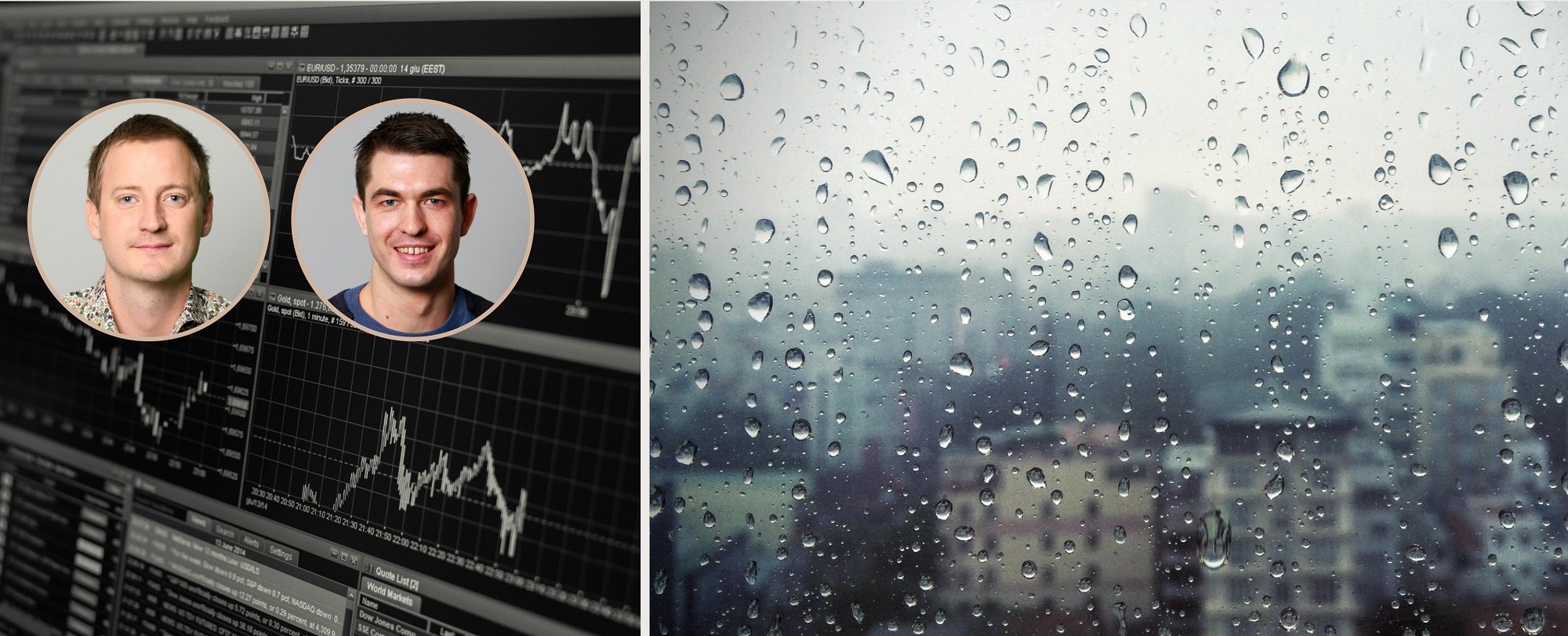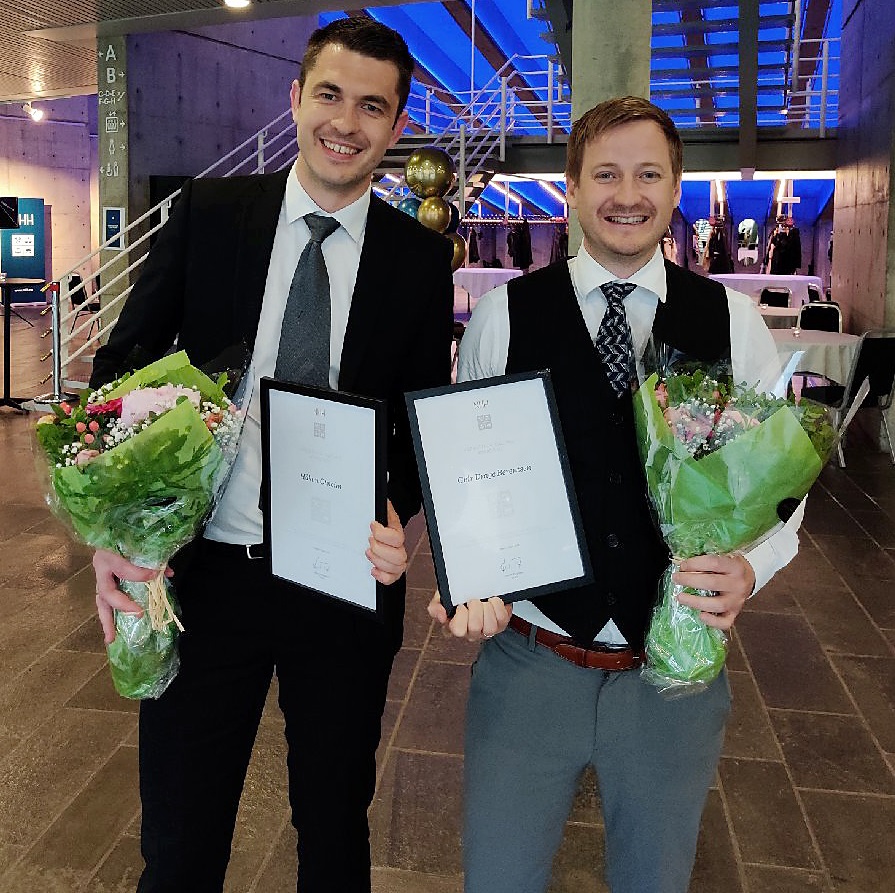
USING STATISTICS TO MANAGE CLIMATE RISK
NHH researchers Geir Drage Berentsen and Håkon Otneim will use statistics to help the business world adapt to the rapidly changing climate.
‘Things are going to happen whether we like it or not, and we basically have to deal with these consequences,’ says Håkon Otneim.
THE BEST WAY TO RESPOND
Berentsen and Otneim are familiar faces at NHH. They have been recognised and awarded for their teaching work and are also known for their involvement in the research centre Climate Futures.
‘The essence of Climate Futures is managing risk and creating value with the help of climate and weather forecasts, whether ten days or ten years ahead,' says Berentsen.
Climate Futures is a centre for research-driven innovation where researchers work closely with industry partners to solve problems related to highly pertinent changes in climate.

‘No matter how well we do things in the future, the climate changes are going be fairly dramatic, so we need to be realistic and figure out how best to respond to them,’ Otneim said.
WIND TURBINES AND INSURANCE
Together with several collaborators in the research centre, they are analysing the enormous amount of historical data about wind in the Norwegian sea areas. These analyses can also be used to help determine the best positioning of offshore wind turbines.
‘We are working with Ida Marie Solbrekke from the NORCE Norwegian Research Centre. She has used actual wind measurements to build models that show how much power would have been historically produced in Norwegian seas – every single hour in every square kilometre,’ says Berentsen.
In order to determine the positioning of wind turbines***, several things need to be taken into account.
‘It's not just that we want to generate the most amount of electricity. We also want the electricity distributed as evenly as possible and with the greatest possible security of supply,’ Otneim says.
INSURANCE COMPANIES NEED TO GET IT RIGHT
Another example of an industry that needs help with climate adaptation is the insurance sector. Using the weather predictions from NORCE and insurance data from Trygg, Otneim and Berentsen’s goal is to find out what climate risk means for insurance companies.
‘We know that the climate is changing so the question to ask is how much should insurance companies charge for housing insurance in the times ahead,’ Otneim says.
According to Otneim, climate change is expected to lead to more torrential rain in Norway. It will be more frequent and more intense, which typically causes damage to property.

Took a new approach to teaching – received award
‘If insurance companies don’t get their pricing right, they risk going bankrupt, either because they pay out too much or because they charge too much, and their customers go elsewhere,’ Otneim says.
MEANINGFUL JOB
Otneim and Berentsen both agree that the work they do with Climate Futures is an extremely meaningful job.
‘The doctorate we took in statistics was theoretical, and we would just throw in an example from the real world at the end. Now the tables have turned. We start with a very real problem and use models and tools to solve it,’ says Berentsen.
‘It's fascinating how much motivation you get from real-life problems. The problems we're working on today don't care about what we find difficult or easy, so it’s challenging but in a completely different way,’ Otneim continues.
The statisticians say that if the problems they are researching in Climate Futures become too difficult, then the students will bear the brunt.
‘Among the 300 students, there will always be someone who can solve our problems, we can just set it as an exam question,’ Berentsen jokes.